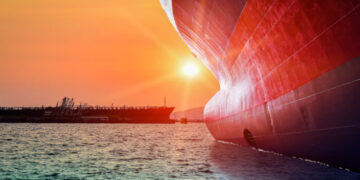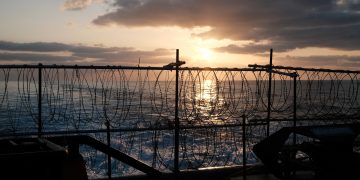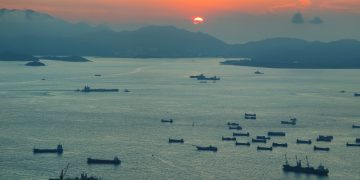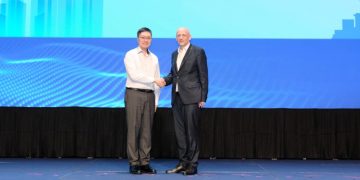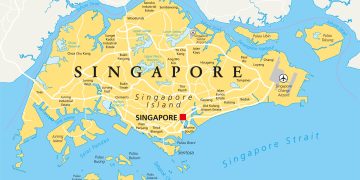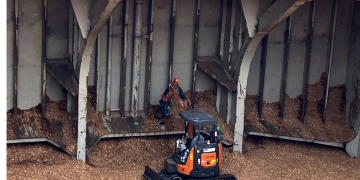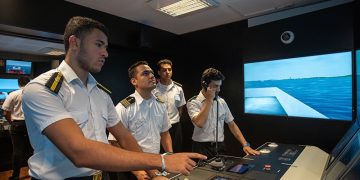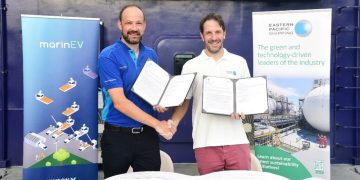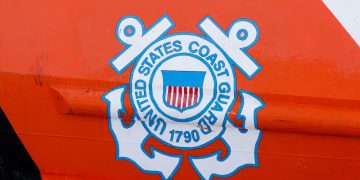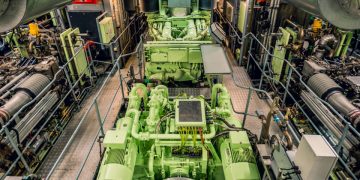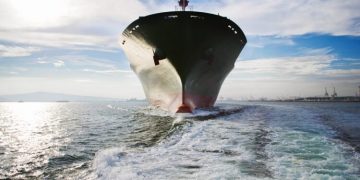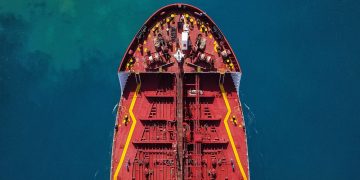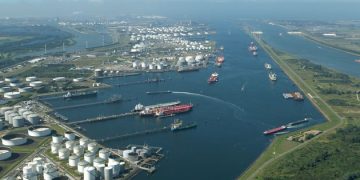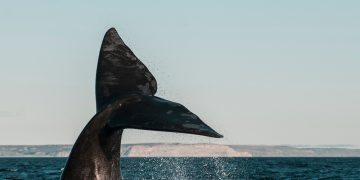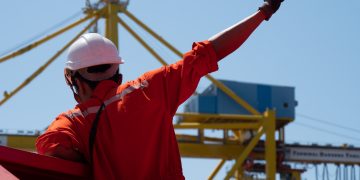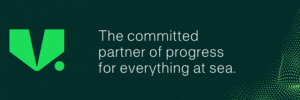Companies form LNG carrier ' Cool Pool'
Dynagas Ltd. (“Dynagas”), GasLog Ltd. (“GasLog”, NYSE:GLOG) and Golar LNG Ltd (“Golar”, NASDAQ:GLNG) have jointly announced that they have entered into an LNG carrier pooling agreement (the “LNG Carrier Pool”) to market their vessels, which are currently operating in the LNG shipping spot market.The LNG Carrier Pool allows the participating owners to optimise the operation of the pool vessels through improved scheduling ability, cost efficiencies and common marketing. The objective of the LNG Carrier Pool is to serve the transportation requirements of a rapidly growing LNG shipping market by providing customers with reliable, more flexible, and innovative solutions to meet their increasingly complex shipping requirements.The LNG Carrier Pool – to be named “The Cool Pool” – will initially consist of 14 modern, high quality and essentially equivalent vessels powered by fuel efficient Tri Fuel Diesel Electric (“TFDE”) propulsion technology. The three owners’ initial vessels eligible for contribution to The Cool Pool will be as follows: Dynagas: 3 vessels; GasLog: 3 vessels; and Golar: 8 vessels. Each vessel owner will continue to be fully responsible for the manning and technical management of their respective vessels.Tony Lauritzen has agreed to take overall responsibility for the running of The Cool Pool and Morten Nielsen ...
Read more



